Distraction or Avoidance?
Although distraction and avoidance are used quite interchangeably by many, they are quite different. It can feel confusing to know the difference, as well as understand why it matters. Let’s walk through the key distinguishing factors of both distraction and avoidance.
Folks often use distraction to exit from a sudden surge in overwhelming feelings. Distraction helps us to self-soothe and re-regulate. Not to mention, distraction can have biological benefits! It blocks pain signals from the body before they reach the brain, and it slows down the heart rate.
Sometimes our feelings are too much to process or work through now. It is perfectly okay to recognize these feelings of high distress or despair and to engage in an activity to temporarily get our minds off it. Forcing ourselves to work through a difficult situation before we are physiologically ready to do so can lead to emotional flooding, poor decision-making, difficulty with focus and concentration, and in the most severe circumstances, re-traumatization.
Distraction can be a slippery slope into avoidance. Let’s walk through some identifiers of avoidance. Avoidance is all about fear. Fear that we may have to feel the painful emotions that are coming up for us causes humans to engage in habits or behaviors to rid themselves of or numb out the painful emotions for an extended period.
Oddly enough, when we avoid our emotions for long stents of time, we paradoxically lose control of our emotions and the way that they affect our thoughts and behaviors. Avoidance can snowball quickly. If avoidance is rearing its head, it probably looks like doing whatever it takes to ensure that you don’t experience whatever emotion you are fearful of confronting.
The natural consequence of avoidance often leads to unwanted behavior, loss of control, numbness of all emotions, and can even have interpersonal consequences.
Avoidance is a very common coping mechanism. It is only normal to want to steer clear of experiencing something that will cause intense feelings of distress, anxiety, or despair. If you know you are someone who tends to be avoidant at times, give yourself some compassion as you are only trying to protect your inner peace and stabilize your thoughts and emotions.
To break the cycle of avoidance and allow yourself to distract when it feels that will be the most helpful tool for you, you first have to begin with being honest with yourself. Now that you know how to identify the difference between distraction and avoidance, label which behavior you are engaging in. If you notice you are merging more toward avoidance, ask yourself the following questions:
What is it that I am avoiding?
How is this avoidance inhibiting or harming me?
What is one small step that I can make towards addressing what it is that I am trying to avoid?
How can I provide myself with support as I move through this process?
Are there certain self-care techniques or coping mechanisms I could utilize apart from avoidance?
If you are a bit of an avoider, you aren’t alone. If you are utilizing distraction as a way to self-soothe, way to go! Moving toward our fear can be hard work. If you need additional support during this process, call Resolve to book a session today.
Annie Bretches, LPC
